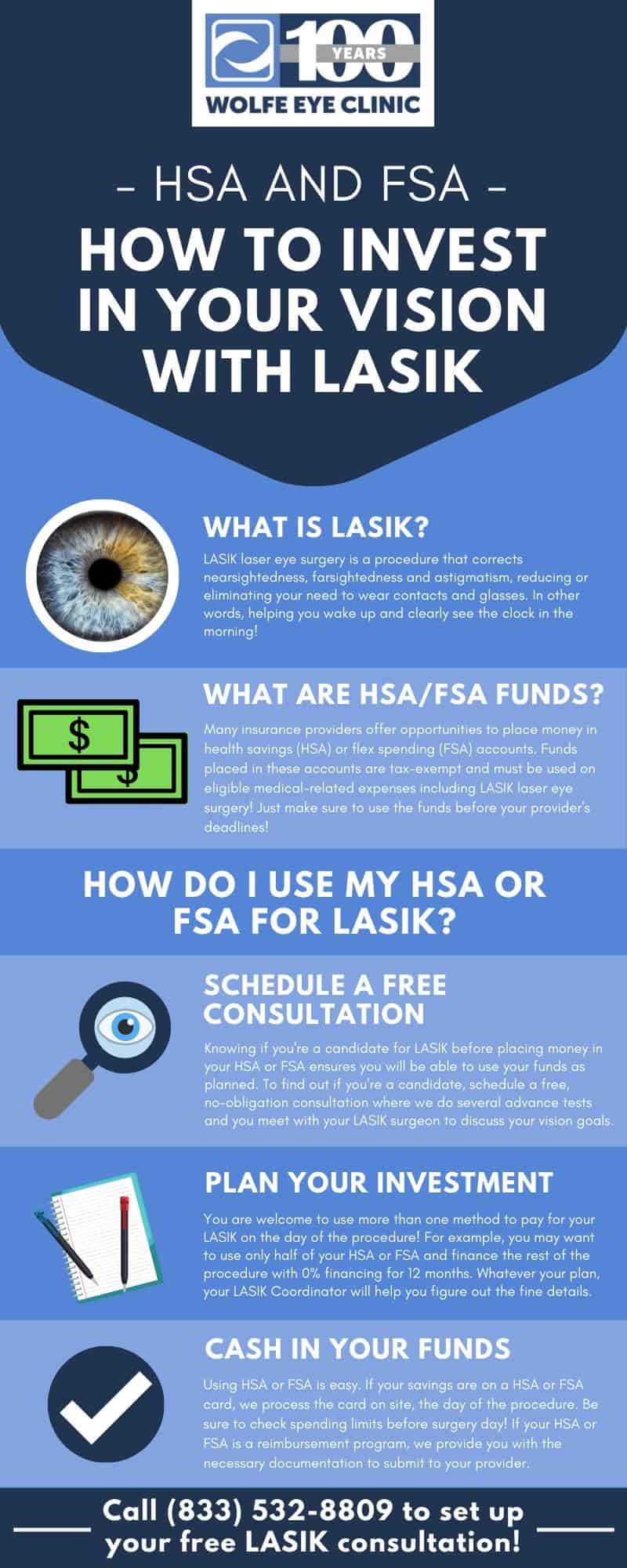Unlock Your Movement Potential with a Full Body Mobility Program
Introduction:
In the pursuit of fitness and overall well-being, one aspect that often gets overlooked is mobility. However, having good mobility is crucial for not only preventing injuries but also enhancing athletic performance and overall quality of life. A full body mobility program is designed to address this need by improving flexibility, joint mobility, and movement patterns throughout the entire body.
Understanding Mobility:
Before delving into the specifics of a full body mobility program, it’s essential to understand what mobility entails. Mobility refers to the ability of a joint to move freely and efficiently through its full range of motion. This encompasses not just flexibility but also stability and control within that range of motion. A lack of mobility can lead to stiffness, discomfort, and increased risk of injury, making it a vital aspect of overall health and fitness.
The Benefits of Full Body Mobility:
A comprehensive full body mobility program offers a myriad of benefits for individuals of all fitness levels. Improved mobility can enhance athletic performance by allowing for greater movement efficiency and power generation. It also aids in injury prevention by reducing the likelihood of muscle strains, joint sprains, and other common injuries. Additionally, enhanced mobility can alleviate joint pain, improve posture, and increase overall flexibility, leading to a higher quality of life.
Components of a Full Body Mobility Program:
A well-rounded full body mobility program typically consists of a variety of exercises and techniques designed to address different aspects of mobility. These may include dynamic stretches, static stretches, self-myofascial release techniques, mobility drills, and corrective exercises targeting specific areas of the body. By incorporating a diverse range of movements and modalities, individuals can improve mobility throughout their entire body, from head to toe.
Dynamic Stretches and Mobility Drills:
Dynamic stretches and mobility drills are an integral part of any full body mobility program. These exercises involve moving the body through various ranges of motion while actively stretching and engaging the muscles and joints. Dynamic stretches not only improve flexibility but also help increase blood flow, warm up the body, and prepare it for more intense physical activity. Incorporating dynamic movements like leg swings, arm circles, and hip rotations can help improve mobility and prevent injury.
Static Stretches and Self-Myofascial Release:
Static stretches and self-myofascial release techniques are also essential components of a full body mobility program. Static stretches involve holding a stretch position for a prolonged period to lengthen and relax the muscles, while self-myofascial release techniques target the fascia, or connective tissue, to release tension and improve mobility. Common tools used for self-myofascial release include foam rollers, lacrosse balls, and massage sticks, which can be used to target specific areas of tightness and restriction throughout the body.
Corrective Exercises and Movement Patterns:
In addition to stretches and self-myofascial release techniques, a full body mobility program may include corrective exercises and movement patterns designed to address imbalances, weaknesses, and dysfunctions in the body. These exercises help retrain movement patterns, improve posture, and enhance overall movement quality. By identifying and correcting movement deficiencies, individuals can optimize their mobility and reduce the risk of injury during physical activity.
Incorporating Mobility into Your Routine:
To reap the benefits of a full body mobility program, it’s essential to incorporate mobility exercises into your regular fitness routine. This may involve dedicating specific time slots for mobility training or integrating mobility exercises into your warm-up or cool-down routines. Consistency is key, so aim to perform mobility exercises at least a few times per week to see noticeable improvements in your flexibility, joint mobility, and overall movement quality.
Listening to Your Body and Progressing Safely:
As with any fitness program, it’s crucial to listen to your body and progress at a pace that feels comfortable and sustainable for you. While it’s normal to experience some discomfort or tightness during mobility exercises, avoid pushing yourself to the point of pain. Instead, focus on gradually increasing your range of motion and flexibility over time, allowing your body to adapt and adjust to the demands of the program.
Seeking Professional Guidance:
If you’re unsure where to start or have specific mobility concerns or limitations, consider seeking guidance from a qualified fitness professional or physical therapist. They can assess your mobility, identify areas of weakness or restriction, and design a personalized full body mobility program tailored to your individual needs and goals. With expert guidance and support, you can maximize your mobility potential and unlock a whole new level of movement freedom and functionality.
Conclusion:
A full body mobility program is a valuable tool for enhancing flexibility, improving joint mobility, and optimizing movement patterns throughout the body. By incorporating dynamic stretches, static stretches, self-myofascial release techniques, corrective exercises, and movement patterns into your regular fitness routine, you can improve your overall mobility, reduce the risk of injury, and enhance your athletic performance and quality of life. So don’t wait any longer—unlock your movement potential with a full body mobility program today. Read more about full body mobility program




